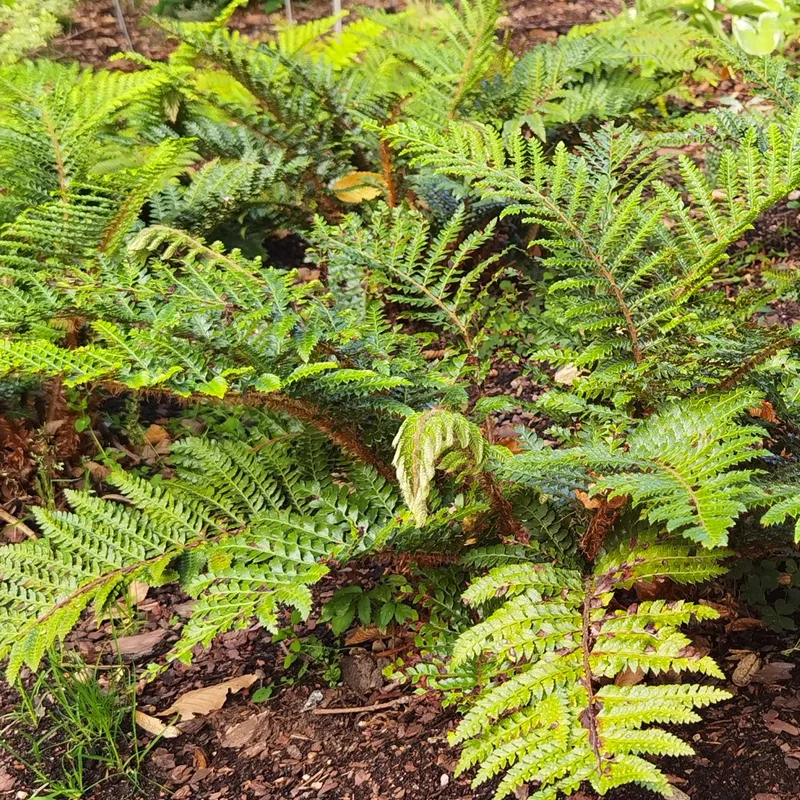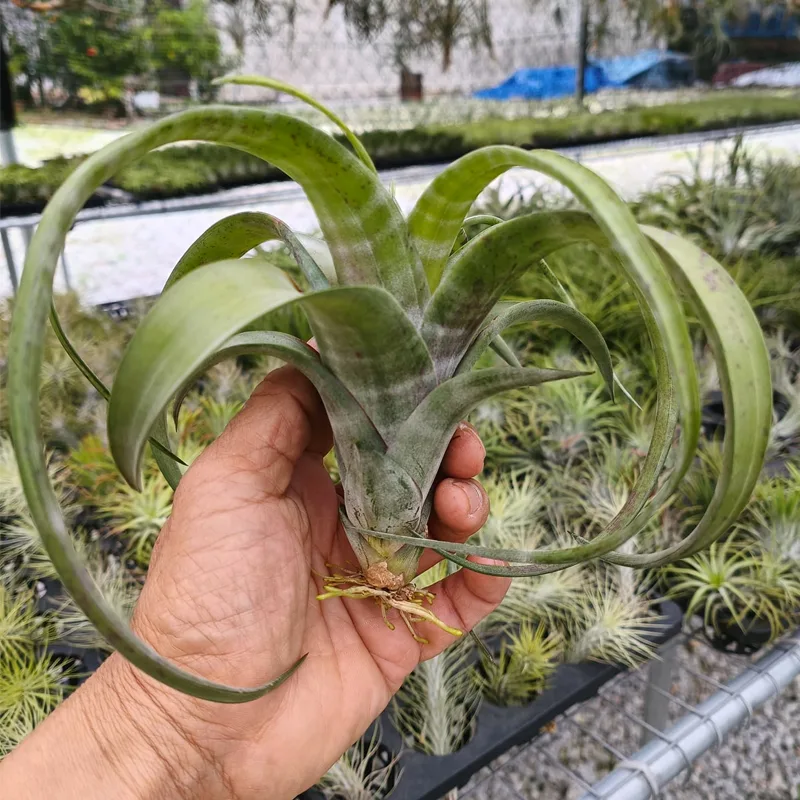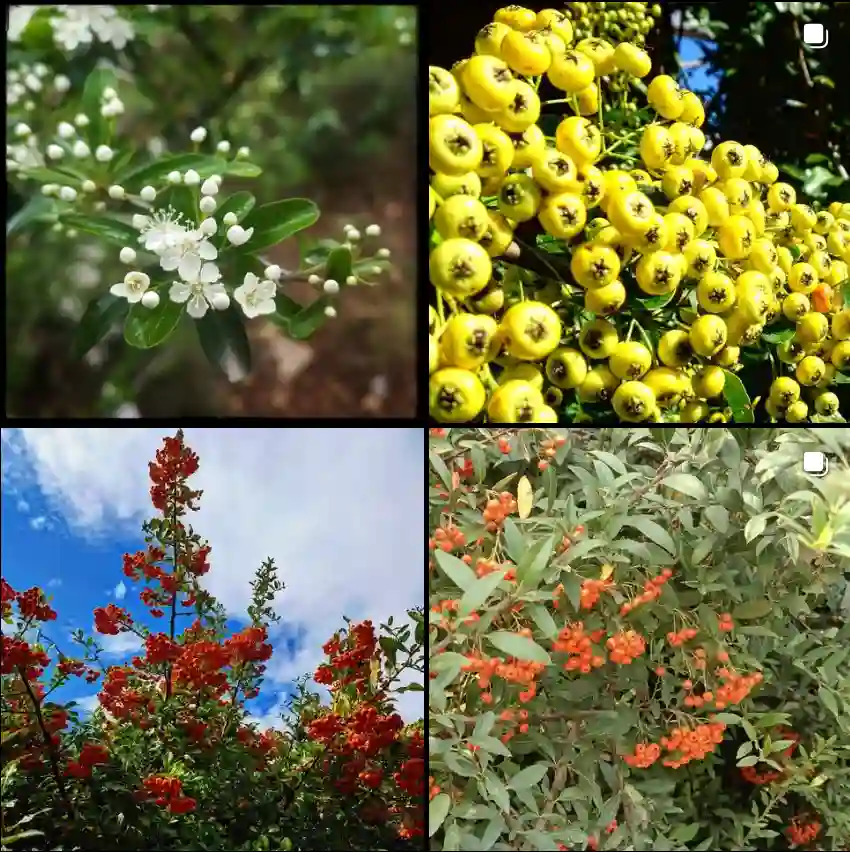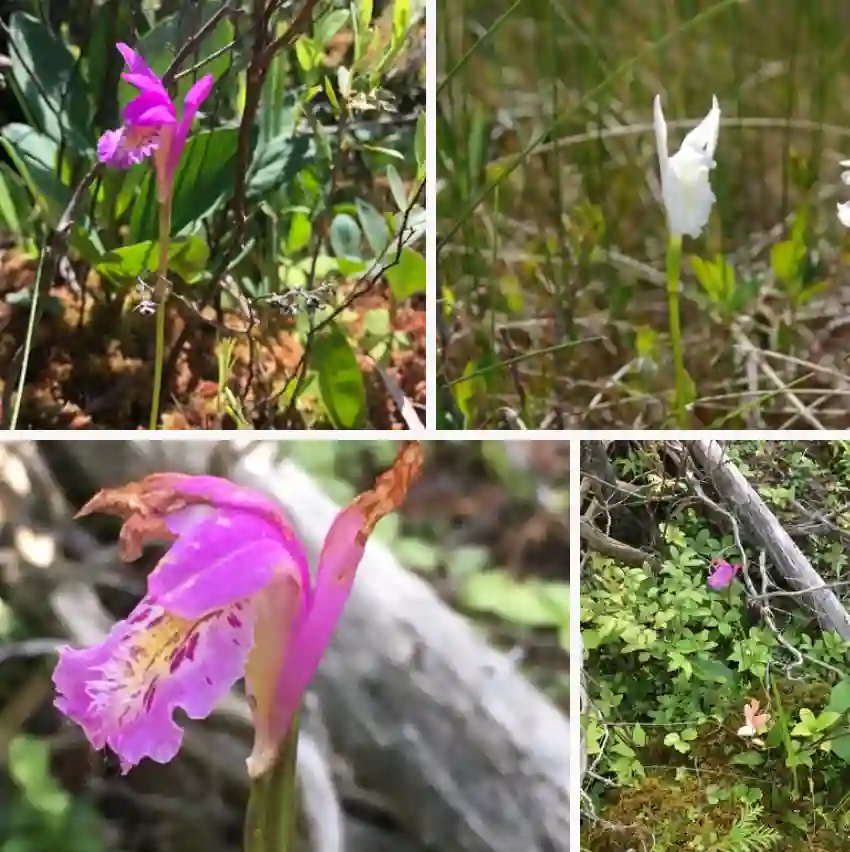Hibiscus Waimeae: Unveiling the Fragile Beauty of Kauai
I’m Ferb Vu, and I’m fascinated by rare and endemic plants. Today, we delve into the world of the Hibiscus Waimeae, a stunning flower native to the Hawaiian island of Kauai. Prepare to be captivated by its delicate beauty and fight for its survival.
439 Species in Genus Hibiscus
What is Hibiscus Waimeae?
The Hibiscus Waimeae, also known as the White Kauai Rosemallow or Kokiʻo keʻokeʻo in Hawaiian, is a small tree or shrub endemic to Kauai. Imagine a gray-barked wonder reaching an average height of 10 meters, adorned with large, pure white flowers. These fragrant blooms unfurl their magic in the late evening and linger until early morning, painting the night with their ethereal beauty.
Where Does Hibiscus Waimeae Grow?
The natural habitat of Hibiscus Waimeae lies within the moist forests of Kauai, specifically from elevations of 800 to 3,900 feet. Think lush, green valleys and dramatic cliffs overlooking the Pacific Ocean. You’ll find this flower thriving from the upper reaches of Waimea Canyon to the western and northern coasts of the island.
Is Hibiscus Waimeae Easy to Grow?
Propagation of Hibiscus Waimeae is possible through seeds. The seeds reside in tough, oval capsules about an inch long. However, there’s a catch. While germination is achievable with fresh seeds, Hawaiian hibiscus are prone to hybridization. This means the resulting plant might not possess the exact characteristics of the parent, the true Hibiscus Waimeae.
For guaranteed success, consider contacting nurseries specializing in native Hawaiian plants. They often employ vegetative propagation techniques like cuttings to ensure the genetic integrity of the species.
What Makes Hibiscus Waimeae Special?
Several factors elevate the Hibiscus Waimeae beyond its undeniable beauty. Firstly, it’s endemic, meaning it exists nowhere else on Earth. This makes its conservation crucial for maintaining biodiversity in the Hawaiian ecosystem.
Secondly, the flower plays a vital role in the delicate balance of the native forest. Its nectar provides sustenance for endangered Hawaiian honeycreepers, a group of unique birds with specialized beaks adapted for feeding on these blooms.
Is Hibiscus Waimeae Endangered?
Sadly, yes. The Hibiscus Waimeae is classified as endangered by the IUCN Red List. Habitat loss due to development and the invasion of non-native plants are significant threats. Additionally, feral herbivores like goats and pigs relish these plants, further jeopardizing their population.
How Can I Help Save Hibiscus Waimeae?
There are ways you can contribute to the preservation of this precious flower. Here are a few steps:
- Support organizations dedicated to Hawaiian plant conservation. They work tirelessly to propagate and reintroduce native species like Hibiscus Waimeae into their natural habitats.
- Educate yourself and others about the importance of protecting endemic plants. Spread awareness about the threats Hibiscus Waimeae faces and the role it plays in the ecosystem.
- If you visit Kauai, be a responsible tourist. Respect designated trails and avoid disturbing the natural environment.
By taking these actions, we can ensure future generations have the opportunity to witness the mesmerizing beauty of the Hibiscus Waimeae under the Hawaiian night sky.
Hibiscus Waimeae vs. Other Hibiscus Species
There are over 200 species within the Hibiscus genus, but the Waimeae stands out for its specific characteristics. Here’s a quick comparison:
- Flower Color: Unlike the vibrant reds and yellows of many hibiscus varieties, the Waimeae boasts pristine white blooms.
- Flowering Time: Most hibiscus flower during the day, while the Waimeae unfurls its beauty at night.
- Habitat: The Waimeae thrives in specific moist forest conditions, contrasting with the adaptability of some other hibiscus species to drier environments.
- Endemic Status: The Waimeae is found only on Kauai, highlighting its vulnerability compared to more widespread hibiscus varieties.
While all hibiscus species offer a touch of paradise, the Hibiscus Waimeae holds a special place in the tapestry of Hawaiian flora due to its rarity, nocturnal charm, and ecological significance.
Let’s all play a part in ensuring this fragile beauty continues to grace the night skies of Kauai for years to come.
If i die, water my plants!



